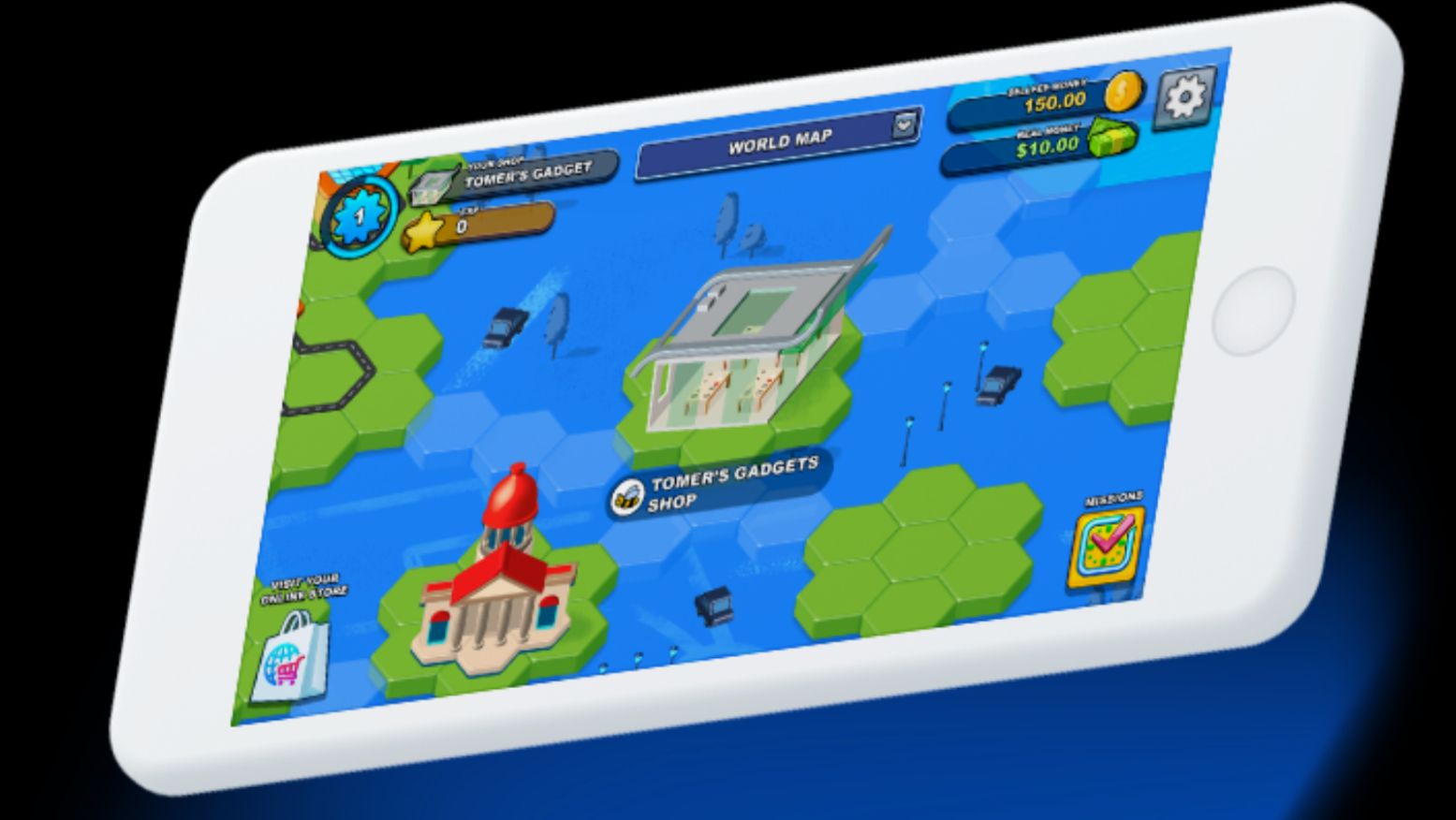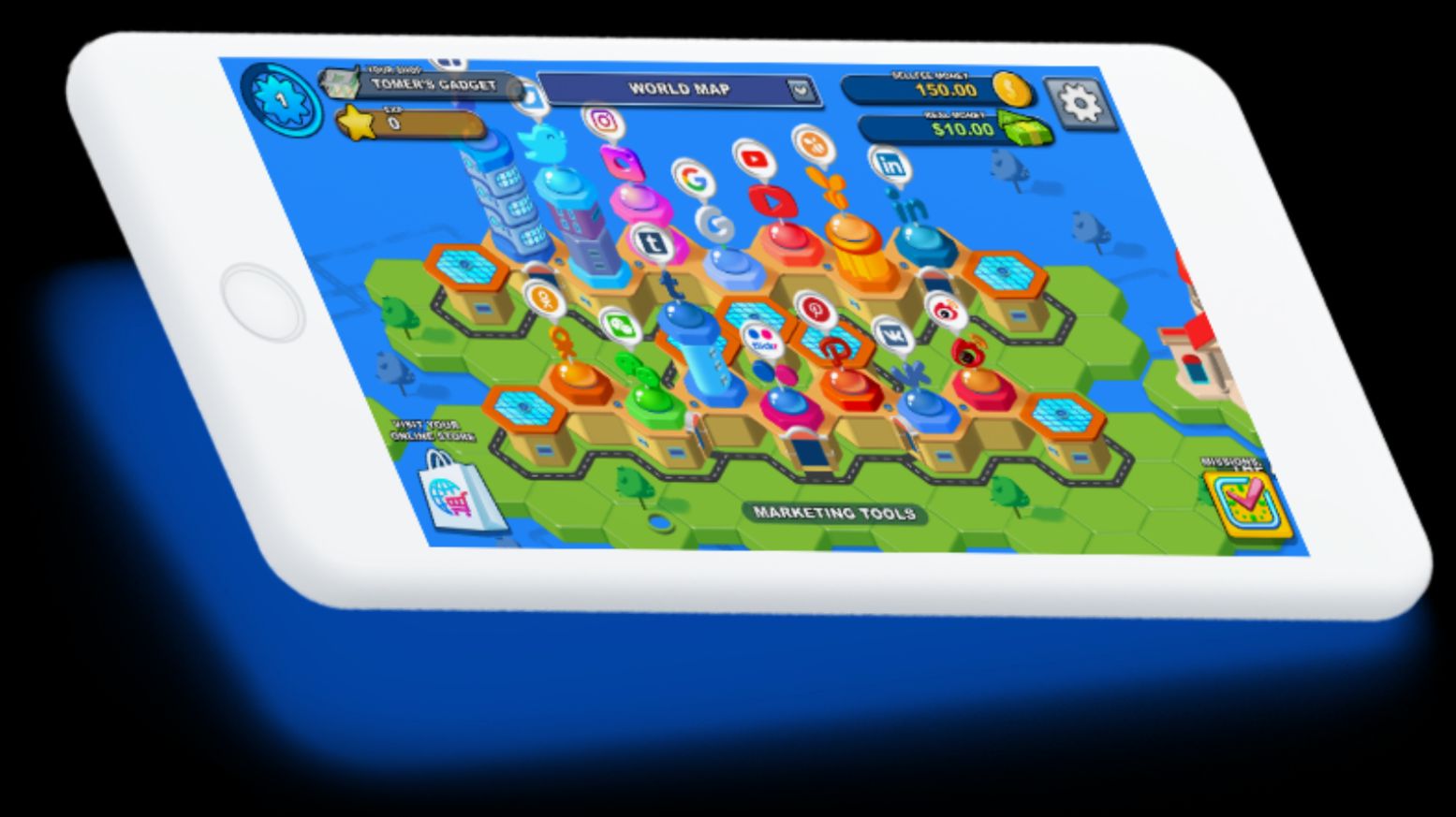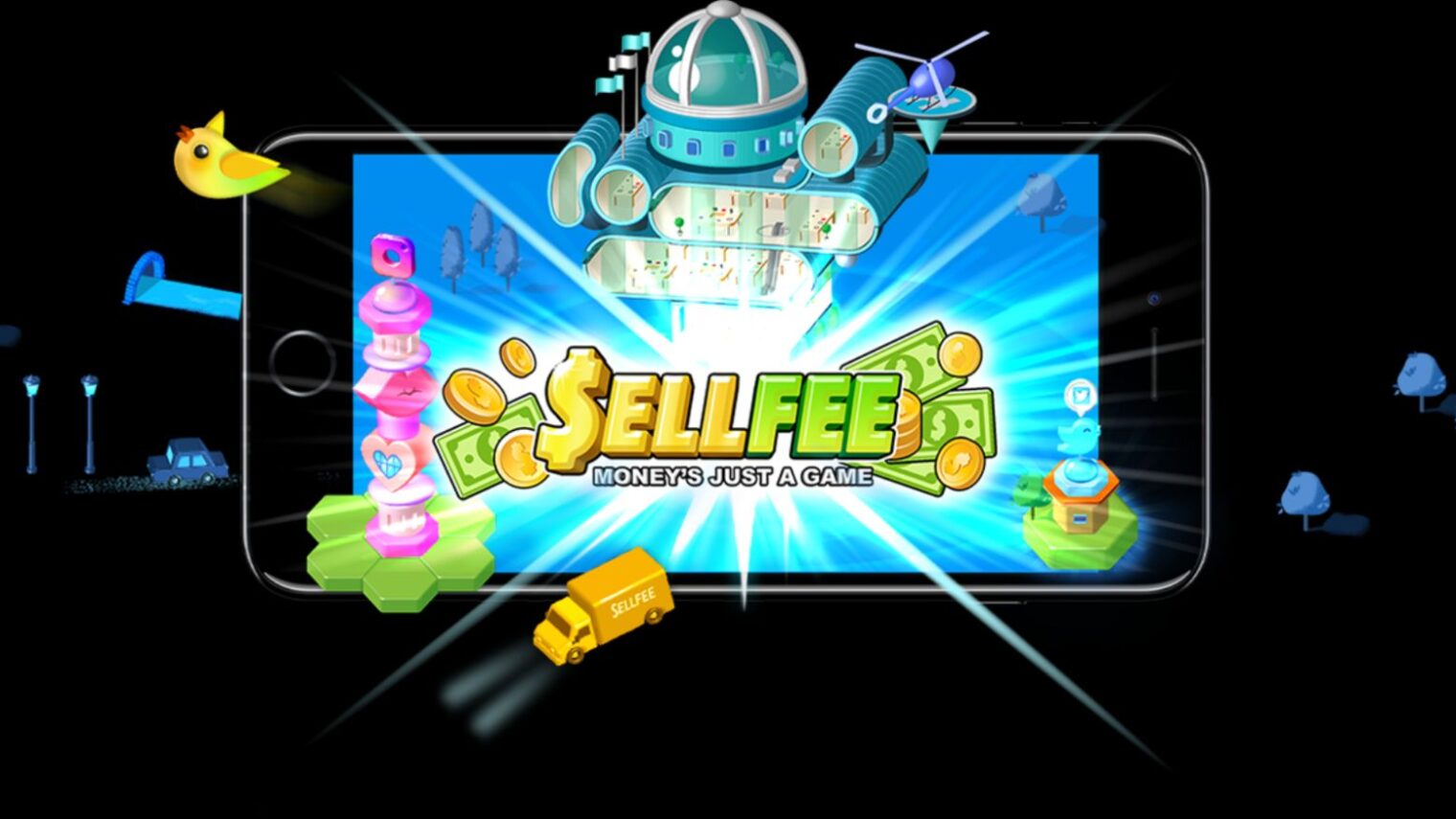Shahar Zohar of Tel Aviv pays thousands of dollars in monthly fees and commissions to eBay for selling through the ecommerce website, and takes a lot of time arranging drop-shipping of purchased items.
About five months ago, he decided to beta test a new Israeli app, SellFee, that takes a gamified approach to setting up a virtual store, takes no fees from users and handles both drop-shipping and customer service.
Zohar created two websites, one selling watches and the other jewelry from SellFee partner vendors. Whereas on eBay most of his traffic comes from visitors to the site, SellFee took him through the steps of promoting his new e-stores to targeted customers on Instagram and Facebook.
“I’m averaging around $750 in sales per month. In the first month I didn’t do very well, but it started picking up after that,” Zohar tells ISRAEL21c.
Israeli social-media and marketing expert Tomer Warschauer Nuni tells ISRAEL21c he started SellFee because he knows from personal experience that establishing and maintaining an ecommerce website can be a huge headache.
“Aside from all the development and content-management details, you need to find products to sell, source those products and handle logistics, purchasing, warehousing, shipping and customer service. I wanted to change that and make the industry accessible to anyone.”
He did that by gamifying the entire process and gathering a partnership network of vendors his team knew and trusted from 14 years of ecommerce experience.
Nuni’s fiancé describes SellFee as “FarmVille for ecommerce,” referencing Zynga’s popular farming simulation game introduced in 2009.
“It’s that easy, but instead of creating virtual crops you’re creating your own store. The actions you do in the game are translated into the back panel of the store,” Nuni explains.
“Through the game, you learn how to create the store, add a product category, choose a logo, determine your profit margin and select a payment method. After five minutes of playing, you have a store with a unique URL of your own. Then you can do more complex missions such as bringing traffic to your website through social media. All the marketing actions and tools are built inside the game.”
Of course, simplifying such a complicated procedure was a lot harder than playing Candy Crush. It took Nuni a year and a half to write the documentation for the 17 systems under the covers of SellFee, and close to another year of development.

Free to users
Early beta users like Zohar helped SellFee identify and address bugs in the system. As of early April, users in the United States, Israel, Australia and the Philippines are running a few hundred active stores and they don’t pay anything to SellFee.
The Ra’anana-based startup makes its profit by charging commission from the partner suppliers. Currently a few dozen vendors are integrated into the system, mainly in the US and Asia.
Users don’t choose the vendors but rather the merchandise category (for example “jewelry”) and subcategory (for example “engagement rings”). Relevant products from suppliers are automatically added to the virtual store. The user determines the price per item based on how much the vendor charges. For instance, a gadget sold by the vendor for $2 could be marked up to $3 so the SellFee user makes $1.
Zohar says he starts low and increases his profit margin by 2% following every two sales of a particular item. “I spend much less money promoting my items and I earn better than on eBay,” he says.

When a sale is made, SellFee receives a notification and automatically transfers the order to a wholesaler who drop-ships to the purchaser from the vendor.
If there’s a problem or inquiry about the order, SellFee handles it through its support team, currently 13 people based in Israel, Kiev and the Philippines. If your store is called “Tammy’s Toys,” any correspondence with customers will begin with “Thank you for contacting Tammy’s Toys.”
“SellFee takes care of all problems and responsibilities, and we later on deal with the suppliers about it,” says Nuni.
Zohar reports that he’s had no customer problems in the few months he’s been using SellFee. His only complaint is that he’d like to see more inventory in his chosen categories, something Nuni says is in the works.














